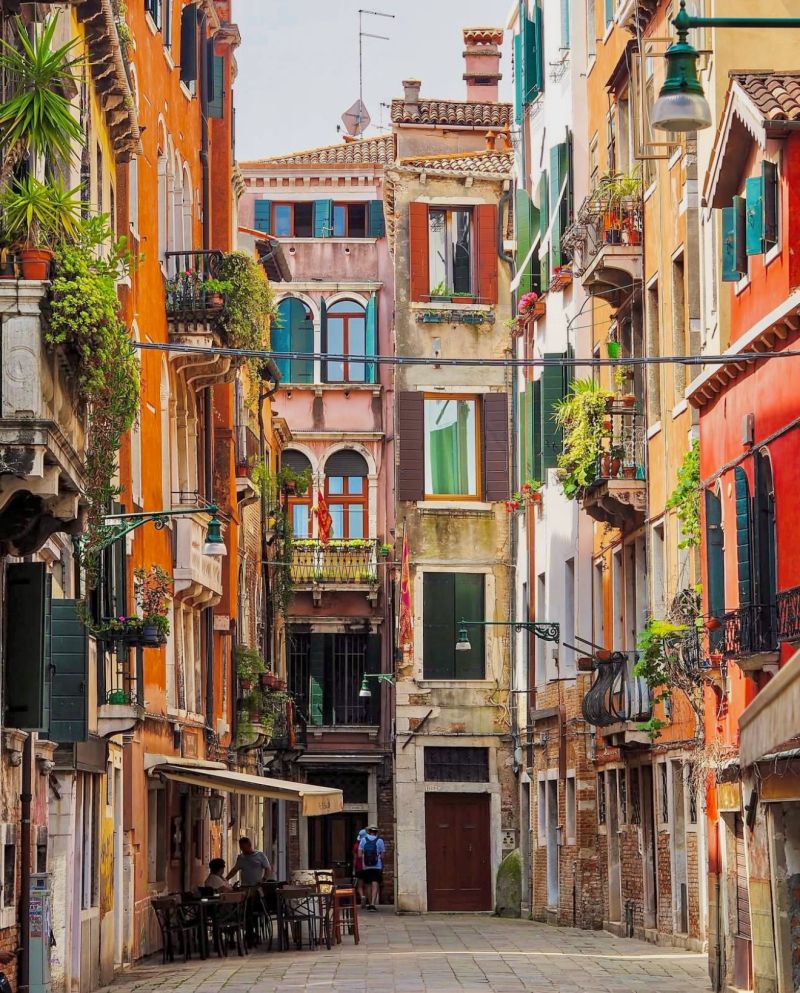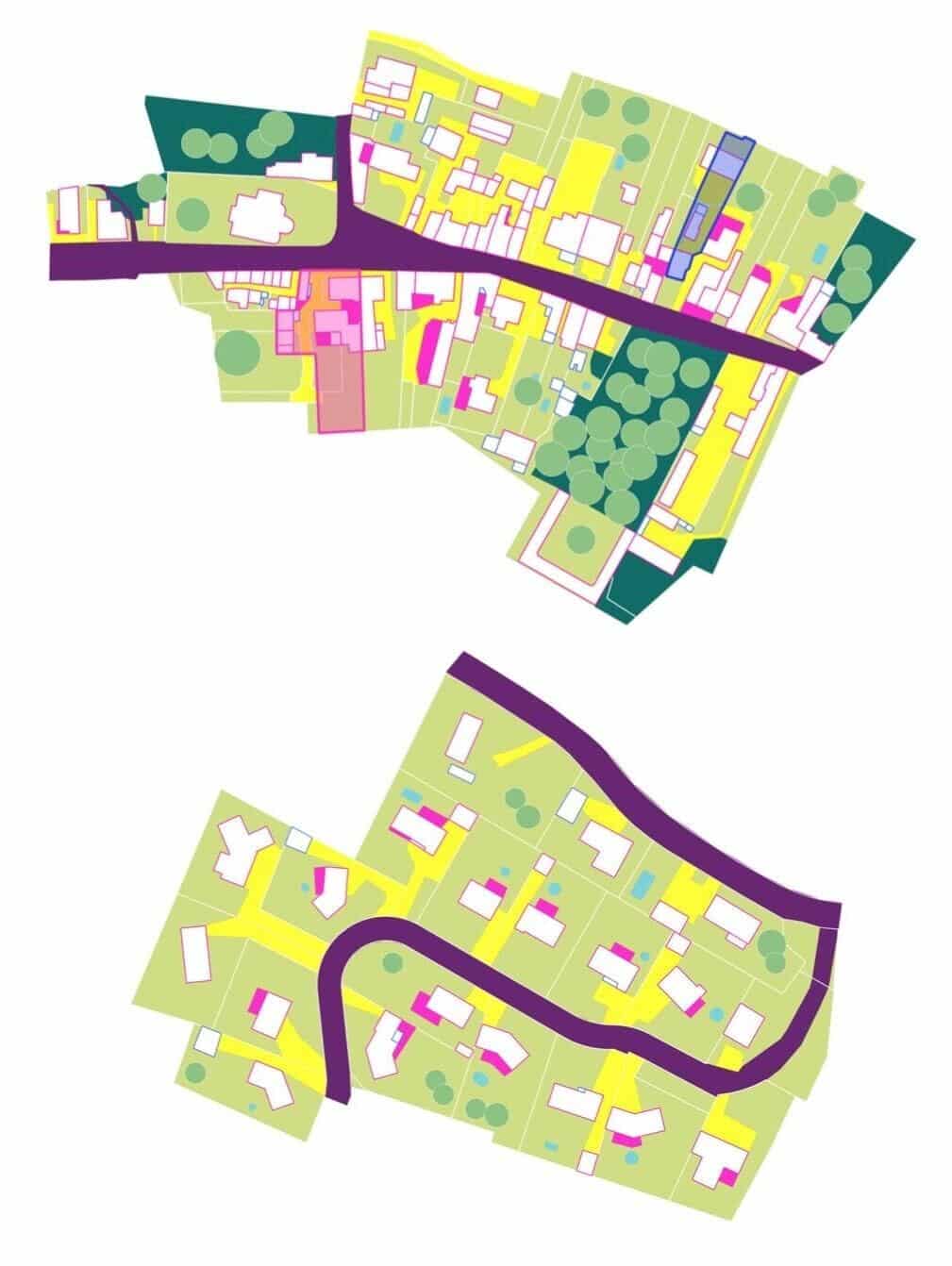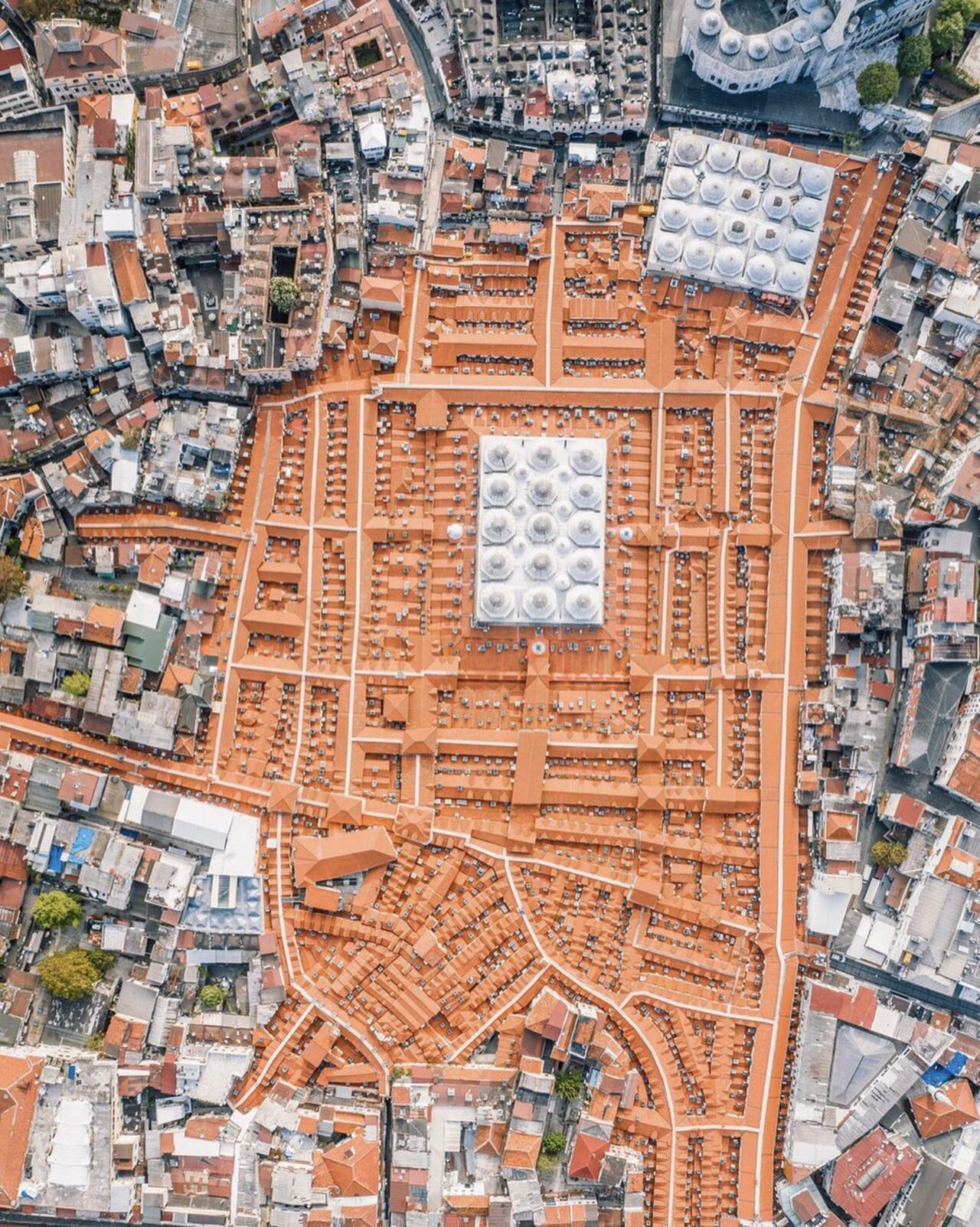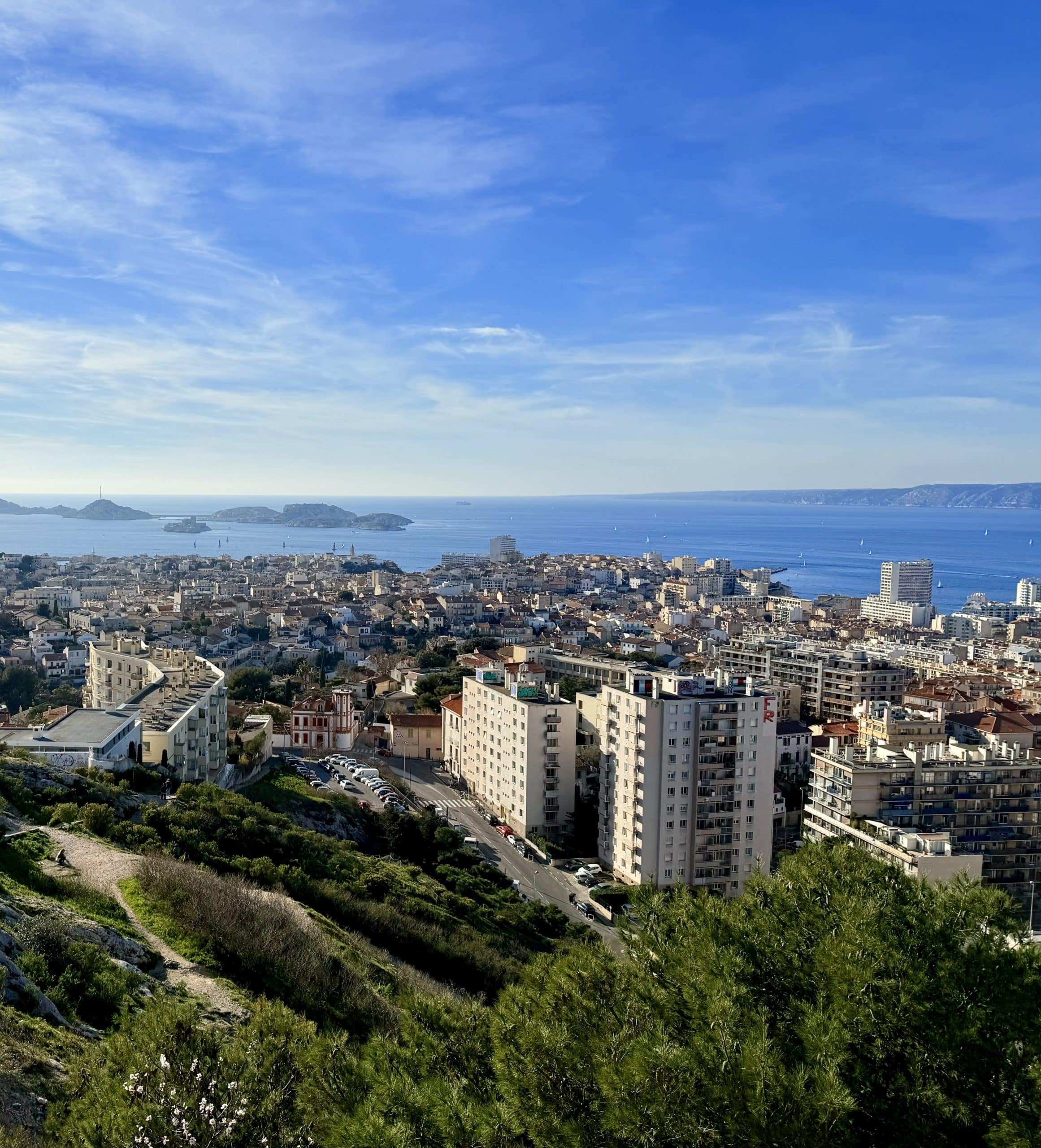1. Urbanism Without Urban Planners
The 1920s. France is facing an unprecedented housing crisis. Rural exodus, the aftermath of war, and industrial growth create extreme pressure on housing supply.
In Paris and its inner suburbs, the working class faces a double bind : unaffordable urban rents and a rigid land market that prevents municipalities from responding to demand.
The solution comes from the fringes. Unserviced, agricultural, or wooded plots are subdivided and sold cheaply by small-time speculators posing as developers.
Buyers build their homes themselves—without permits, without roads, without utility connections. These poorly serviced subdivisions
often violate the Cornudet Law of 1919, which was supposed to regulate urban growth, and escape all planning frameworks.
Though illegal, this form of urbanization is :
- simple and effective : the unserviced roads still follow large orthogonal grids,
- immediate : it meets urgent needs and enables thousands of working-class families to access homeownership,
- massive : nearly 15’000 hectares were subdivided in the Paris suburbs between the wars, accommodating a demographic boom—from 400’000 residents in the late 1920s to 700’000 by the end of the interwar period.
2. From Margins to Integration
Initially overwhelmed, local authorities eventually take action. Starting in the 1930s, the State begins a process of regularization with the law of July 10, 1934, which establishes a fund to help service these subdivisions.
After World War II, infrastructure development accelerates. Drinking water, electricity, sanitation, roads : the State and local governments invest heavily to turn these precarious neighborhoods into fully urbanized spaces.
In the 1960s, the Land Use Planning Act consolidates this movement, bringing these areas into broader urban planning strategies.
3. From Integration to Sanctuarization
Today, these neighborhoods have become highly sought-after residential areas, shielded by overprotective urban planning regulations.
Local rules drastically limit the potential for change

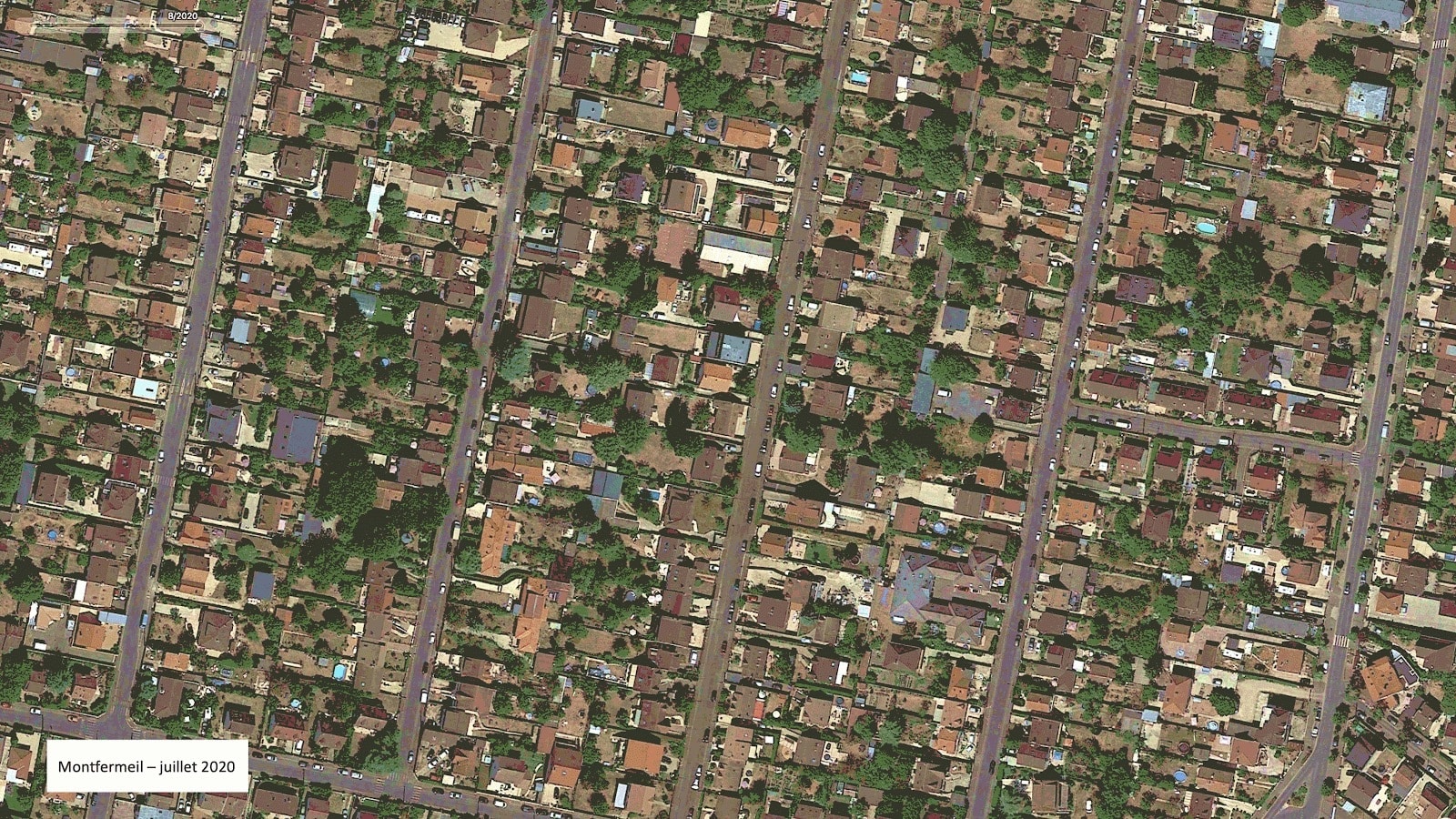 :
:
- plots division and construction of second houses are banned,
- height extensions are restricted,
- existing forms must be strictly preserved.
Once seen as urban blight, these neighborhoods are now held up as models of quality of life
—slowly turning into untouchable sanctuaries

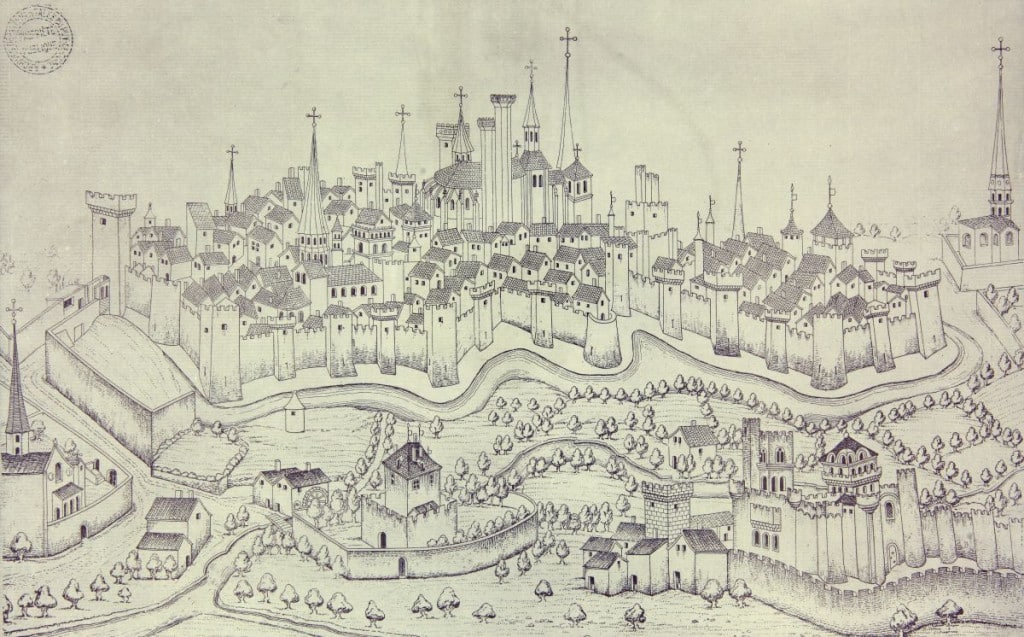 , as their large gardens, once denounced for encouraging sprawl, are now idealized as the metropolitan green lungs.
, as their large gardens, once denounced for encouraging sprawl, are now idealized as the metropolitan green lungs.
gives birthto its own future : plot division as a major art of organic urbanism



